According to each rider, equitation or horsemanship has a different meaning. Some popular themes run along these lines:
- Encyclopedia Britannica – (horsemanship) Art of training, riding, and handling horses. Good horsemanship requires that a rider control the animal's direction, gait, and speed with maximum effectiveness and minimum effort. Natural aids are a rider's balance, hands, voice, and legs; artificial aids include bits, reins, saddles, and spurs. Horsemanship was important to cavalrymen and cowboys, and is the fundamental element of dressage.
(equitation) A rider's ability to ride correctly with a strong, supple position and effective aids. This is judged in equitation classes, or classes at horse shows that mainly judge the rider's performance and control of their horse, as opposed to the performance of the horse. Equitation classes occur in the hunt seat, saddle seat, dressage, and Western disciplines. A good equitation rider is always in balance with the horse, maintains a correct position in every gait, movement, or over a fence, and possesses a commanding, but relaxed, presence. They are effective riders, able to direct the horse with nearly invisible aids.
- Dictionary – (horsemanship) The skill of riding horses; equitation.
(equitation) The art and practice of riding a horse.
When we are in the pursuit of knowledge, attempting to glean it from every viable source, it helps always to know whose definition of equitation we are gleaning that knowledge from. For many they answer number one to different reasons – money, ego, curiosity. What is the *best* definition of equitation? I suppose it is best for each of us in turn to answer that question for ourselves. In the interim, I will gladly explain what my definition of equitation is and why I pursue it, so that in some small feat of discovery, you may know where this potential knowledge is being gleaned from…
So much more
To me, equitation is not in and of itself about the interaction with the horse. It is, and it isn't. Like everything there is a yes and a no, a left and a right, an up and a down. There is riding horses for riding horses, and riding horses for not riding horses. Coupled with this is the third element, the middle, the balance. Between the yes and a no there is a maybe. Between the up and the down there is a center. Between the riding the horse and not riding the horse is just being. Balance is a key element to much more than the context of the horse, but applies in full right to every facet of our lives. To me, riding is about riding, and about living. It is about riding in order to learn more about living, and living in order to learn more about riding. They both support one another intrinsically and intimately. To have one without the other is to have neither.
Ourselves
The way in which I ride, tells me everything about the way in which I am living and interacting with those around me. The horse is a perfect mirror to us. We can find mirrors in other people as well, but they are often tainted with their own interpretations and expectations, fears and beliefs. The horse on the other hand can give us a picture perfect reflection of ourselves. The horse gives us an open opportunity in every interaction, every meeting, every moment. When the horse is strong, we are strong, when he is light we are light.
When I see a horse reacting, evading, misbehaving – the thought comes to mind of what as a rider and person can I improve. Where am I lacking the refinement or understanding to improve the communication, to encourage the horse back to a balanced place. That is how I look at equitation – a skill of self-refinement. Much compassion is needed, because in the horse we must see ourselves to understand the mirror. And, in all of this there is still more. In the mirror there is transparency, and somewhere in the middle is the balance point. To see ourselves, see our horse, and see ourselves in our horse.
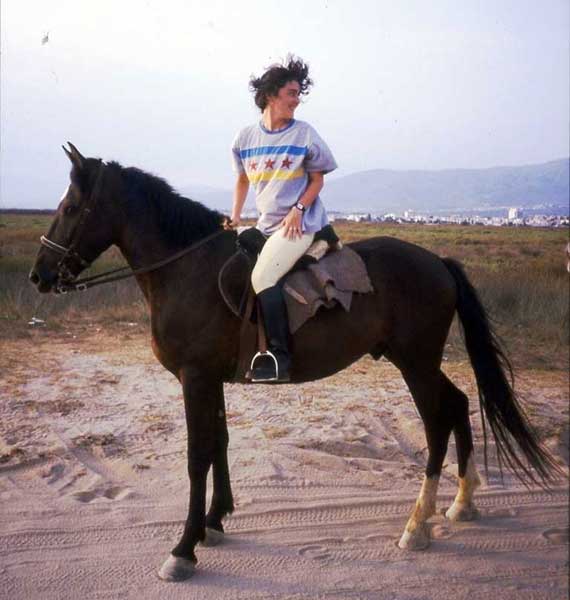

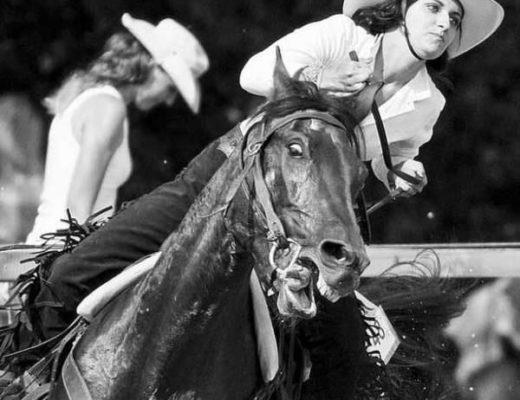
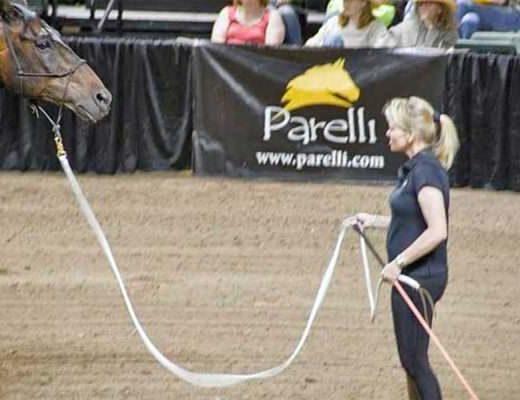
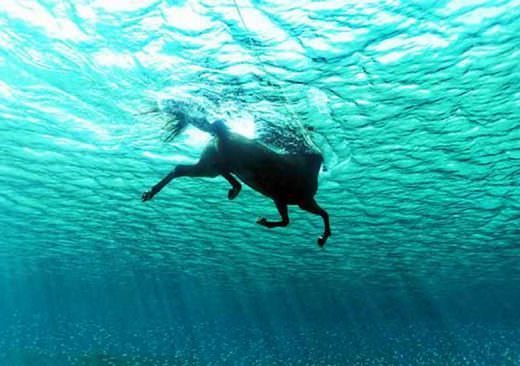
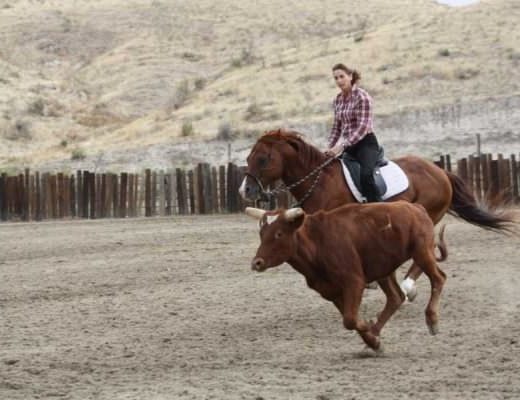
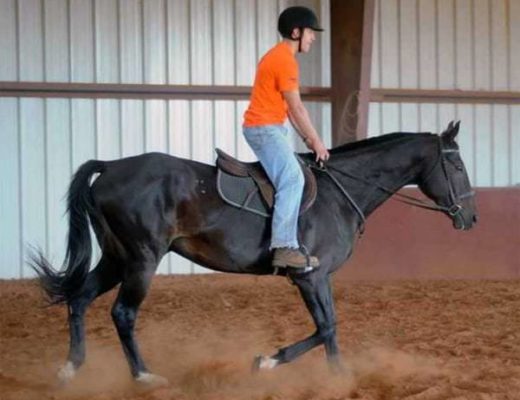
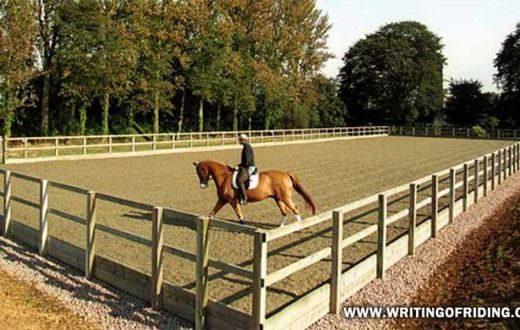
Well said.
A skill in self refinement — oh,that more would strive for that.